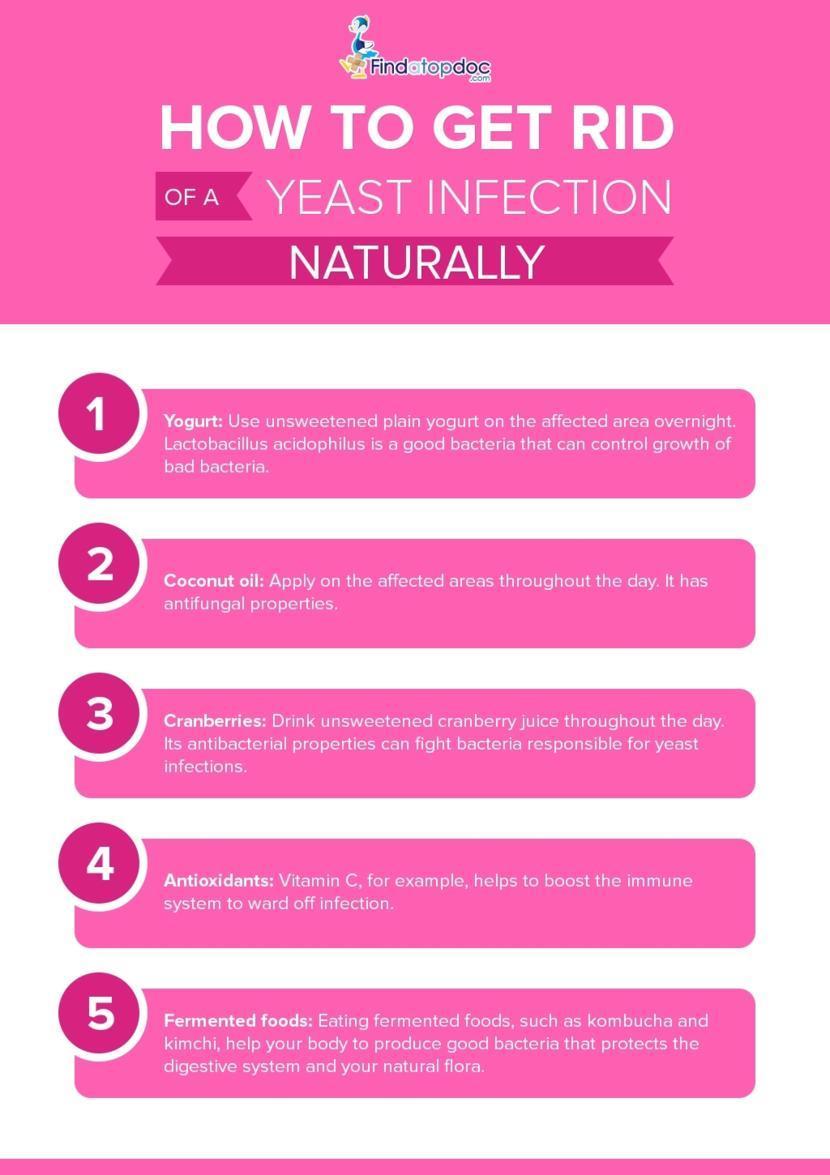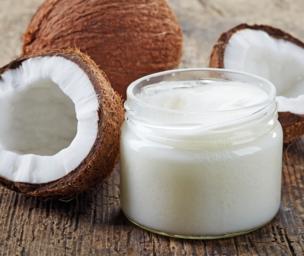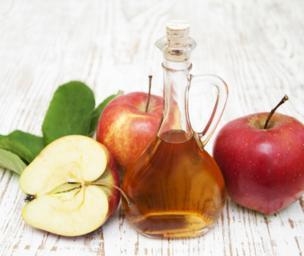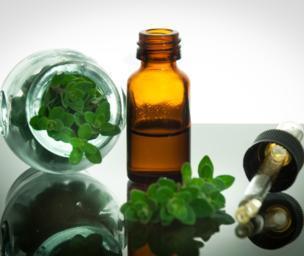Can Men Get a Yeast Infection?

Many people think that only women suffer from yeast infections, but men can get them too, though it is much less common. This infection in men can be very painful and unpleasant.
It is important to be aware of the symptoms and causes, as this can help in diagnosing and treating the infection in time before it gets worse.
What is a yeast infection?
Candida, which is a type of yeast, is a normal inhabitant in even the healthiest human bodies. It is fond of warm, dark, and moist areas, especially the gastrointestinal tract and the vagina.
The candida yeast resides in our body and is kept under control by the body’s bacterial flora, but when the body’s ecology does not function properly due to certain factors, there is an overgrowth of the yeast. This overgrowth of yeast can affect both men and women, and leads to yeast infections.
There are different types of candidiasis, which include the following:
- When the infection is formed in the mouth or throat, it is known as oral candidiasis, or oral thrush
- When it is formed in the genital area, it is known as a yeast infection, and in women it is termed as vulvovaginal yeast infection
- When the infection appears on the skin on a baby's bottom, it is known as a diaper rash
- When the infection enters the bloodstream, it is known as invasive candidiasis, or candidemia
The symptoms and treatment of the yeast infection will depend upon the location of the infection.
Some of the common risk factors for the infection are:
- Use of antibiotics
- Frequent sexual intercourse
- Use of soaps and deodorants which contain harmful irritants
- Wearing tight-fit undergarments or tights
- Exposure to hot and humid weather conditions
- Diabetes
Male yeast infection:
A yeast infection spreads in men in an asymptotic form and many will not know they have it. Most men get the infection through female partners, since women are more prone to developing yeast infections.
In women, it is easier to identify the problem since there are a few symptoms that are noticeable within a short period of time. However, many men do not experience symptoms that early, so they are not aware of their infection until they are informed by their partners, or during a medical examination.
In men, the yeast infection can be contracted through unprotected sex. This is the only medium through which the infection can be transferred to the male body. Such a yeast infection can cause discomfort and irritation.
It is important to be aware of the signs and symptoms and the different treatment options, as this will help both men and women to get rid of the condition quickly and prevent it from going to someone else.
Men can easily be infected with a yeast infection, since the candida fungus is present on the skin, particularly moist skin. Having sex with a woman who has a yeast infection can aggravate the growth of candida.
Balanitis
Balanitis, a swelling of the foreskin or the head of the penis due to an infection, is more prevalent among uncircumcised men.
Some of the symptoms of balanitis are:
- Moist skin on the penis with some areas of thick substance getting collected in the skin folds
- Portions of polished white skin on the penis
- Redness and itchiness on the penis
Men are more prone to developing balantitis from a yeast infection in the following cases:
- Uncircumcised
- Using antibiotics for a long period of time
- Diabetes
- Impaired immune system
- Obesity
- Poor hygiene
Male yeast infections can be treated with over-the-counter antifungal medicines. If both partners are suffering from a yeast infection, then it is essential that both take the necessary precautions to avoid re-infecting each other.
What are the symptoms of male yeast infection?
Unlike a vaginal yeast infection, which affects women, a penile yeast infection does not have any signs and symptoms visible, especially in the progressive stages. However, once symptoms appear, it can be an unpleasant experience.
Some of the common symptoms of a male yeast infection include:
- Burning sensation while passing urine
- Development of sores on the foreskin
- Irritation and itching
- White discharge
- Discomfort while having sex
- Redness and swelling on the head of the penis
- Indigestion
Men who are suffering from this problem can also have mood swings and a temporary loss of memory. Also, yeast infections can lead to certain issues with the prostate. Therefore, any signs of a yeast infection in men should be assessed by a doctor as soon as possible.
What are the causes of male yeast infection?
It is natural for a healthy body to consist of yeast bacteria; they are an integral part of the dermal structure. The various bacteria that are present in the body control these organisms and avoid the latter's excessive growth.
However, certain conditions, such as changes in the immune system, can cause an overgrowth of yeast. For instance, people with HIV/AIDS or those who are undergoing chemotherapy are more prone to developing yeast infections because of their impaired immune system. There are various other factors that can lead to the formation of a yeast infection.
Some of the causes are given below.
Use of antibiotics
Normally, antibiotics are prescribed by doctors for treating different types of bacterial infections. However, prolonged usage of antibiotics can destroy the healthy bacteria in the body which will enable the yeast fungus to take over and grow rapidly.
Diabetes
Men with diabetes are more likely to suffer from a yeast infection, because yeast thrives on glucose. The higher the glucose content in the urine, the more suitable it is for the yeast to grow.
Mercury poisoning
Yeast cells have the ability to absorb their weight in mercury, thus avoiding any damage to the body, but yeast thrives on elevated mercury levels.
Foods
Certain foods that we eat can lead to the rapid growth of yeast in the body. Some of these foods are wheat, oats, barley, peanuts, corn, etc. Beer is also responsible for encouraging yeast growth.
Sexual transmission
Candida can be transferred from one person to another through direct sexual contact. During infection and while being treated, one must avoid having intercourse.
What are the other factors that can cause a yeast infection?
Some of the other factors that can also lead to yeast infection in men are:
A weak immune system: Men who are suffering from medical conditions like arthritis or autoimmune diseases usually take corticosteroids to control the symptoms. Corticosteroids weaken the immune system, making the body more susceptible to a yeast infection.
A hospital stay: When people stay in hospitals for any treatments or surgeries, they are more likely to get fungal infections. Devices like venous catheters make it easy for a fungus to enter the body and cause infections. Fungal infections can occur in areas where one has had a surgery.
When to see a doctor
For those who experience symptoms for the first time, your doctor will find the root cause of the problem, and help you prepare and follow a proper treatment plan. This will also be beneficial in reducing the chances of getting the infection again.
There are possibilities that one may confuse a yeast infection with jock itch, or ringworm of the groin area. Jock itch causes rashes and itchiness, just like with a yeast infection, but it is caused by a different type of fungi known as Tricopyhton. In both cases, one needs medical assistance, since jock itch is contagious and can spread to other parts of the body if not treated in time.
Are male yeast infections contagious?
Yes. If a man has sex with an infected person, he can catch a yeast infection. The yeast cells spread to the healthy person and take control of the healthy bacteria and cause infection. Men can infect women, and women can infect men. About 15% of males who have sex with women suffering from candidiasis end up getting the infection themselves.
How can a male yeast infection be treated?
There are many options for treating male yeast infections. Some of the treatment options help in relieving pain and discomfort. For instance, there are some herbal antifungal treatment options, like organic coconut oil, organic oregano oil, grape seed extracts, and garlic & carrot juice, that can be used to treat this infection.
There are also some over-the-counter and prescribed medications that can be used for treating a yeast infection.
Fungus thrives on moist parts of the body, so men should always try and keep their genital areas dry as much as possible. It is also good to remove excessive hair as this can increase the possibility of creating damp and sweaty conditions in which yeast can grow.
Male yeast infections are very unpleasant and extremely discomforting. Therefore, it is important to be aware of the factors that can cause this infection.
What are some home remedies for treating male yeast infections?
Treatment could vary from pharmaceutical drugs, to anti-fungal creams, to homemade remedies and certain lifestyle & dietary changes. Some effective and commonly-known home remedies for treating male yeast infection are listed below.
- Yogurt: This is one of the most common home remedies for treating a male yeast infection. The bacteria present in the yogurt are useful in fighting and eradicating yeast. It is a good idea to add natural yogurt to your diet plan. Also, applying a spoonful of yogurt to the affected area is a good option.
- A well-controlled diet: This is one of the simplest home remedies to get rid of a yeast infection. Avoid foods with very high sugar content and carbohydrates. Also include a lot of green vegetables and drink a minimum of 8 glasses of water every day.
- Tea tree oil: This is known to be a natural antifungal that fights Candida albicans and one of the best home remedies for a male yeast infection. One needs to apply diluted drops of tea tree oil to the affected area twice a day till the symptoms go away. The other effective herbs are olive leaf, oregano, and garlic. The herbal extracts of any of these can be applied to the affected area to heal the infection.
- Vinegar: Vinegar has strong antifungal properties and is an effective remedy for male yeast infections. Add a cup of vinegar to a warm tub of bath water and soak to get the best results.
One should also completely avoid scented soaps and powders, as they cause irritation to the skin.



























